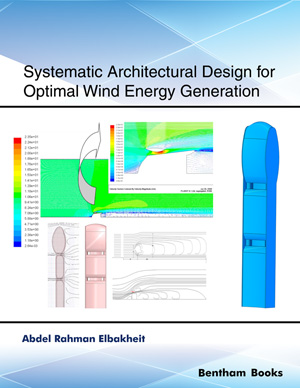Abstract
SHS investigation development is considered from the geographical and historical viewpoint. 3 stages are described. Within Stage 1 the work was carried out in the Department of the Institute of Chemical Physics in Chernogolovka where the scientific discovery had been made. At Stage 2 the interest to SHS arose in different cities and towns of the former USSR. Within Stage 3 SHS entered the international scene. Now SHS processes and products are being studied in more than 50 countries.
Abstract
In this chapter, more insight into the benefits of aerofoils and their integration into architectural forms to further enhance wind energy generation is investigated. More light is shed on wind flows around and under the aerofoil, when introducing turbines as resistance to flow under aerofoils. Turbine resistance is introduced using porous jump in CFD ANSYS FLUENT. The estimated energy generation is calculated based on the resulting wind velocities, pressure drop and area per square metre. In general, resistance from turbines lowered the resulting wind velocities; however, this reduction was the lowest for the optimised case (Chapter 4). The resulting wind velocity was 13.2 m/s for optimised case and 10.85 m/s for the unoptimised case. In addition, the optimised case exhibited a greater pressure drop across the turbine than that of the unoptimised case, thus producing 1.6–1.9 times more energy than that of the unoptimised case. For the same cases, an increase in energy production of up to 3.38 times is obtained by appropriately placing the turbine (i.e. 2 m from the tip of the aerofoil on the windward side) [1].
Keywords:
Aerofoils, Architectural forms, BAWES, Building-augmented wind energy systems, Building-integrated wind turbines, CFD, Duct-augmented wind turbines, Wind energy optimisation.
Recommended Chapters
We recommend

Authors:Bentham Science Books






